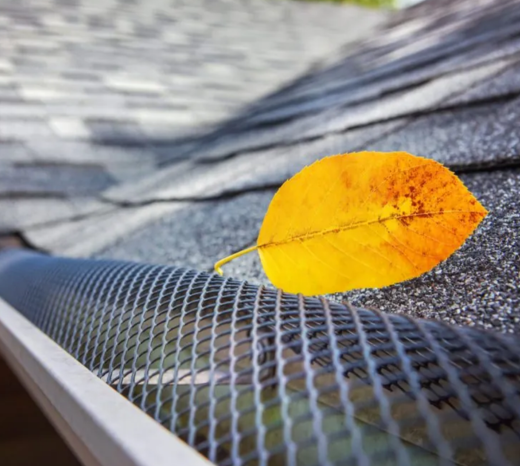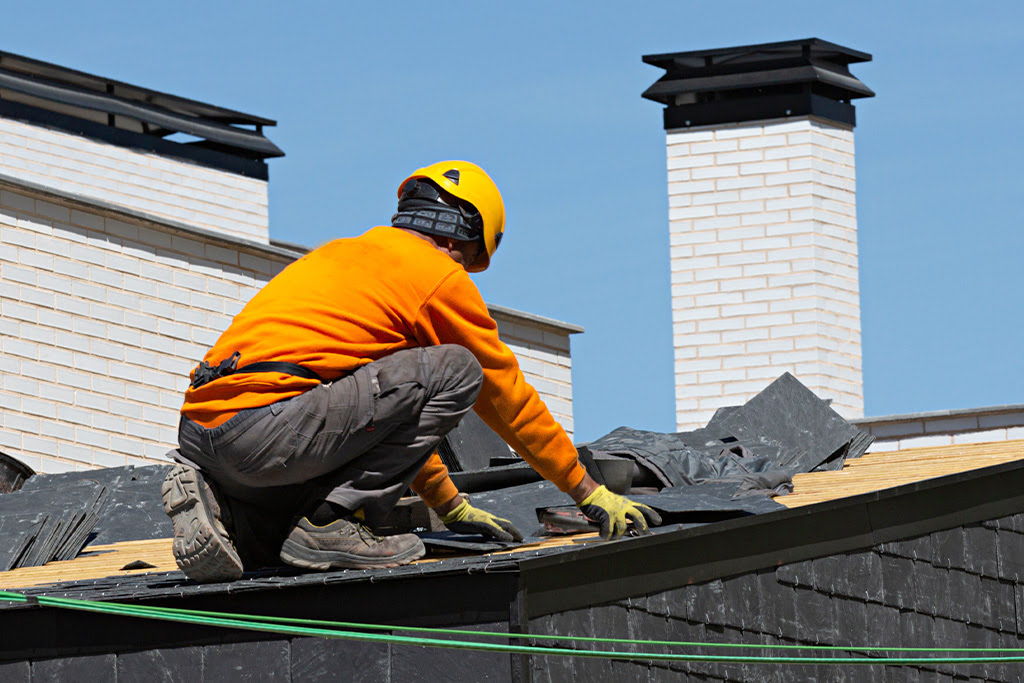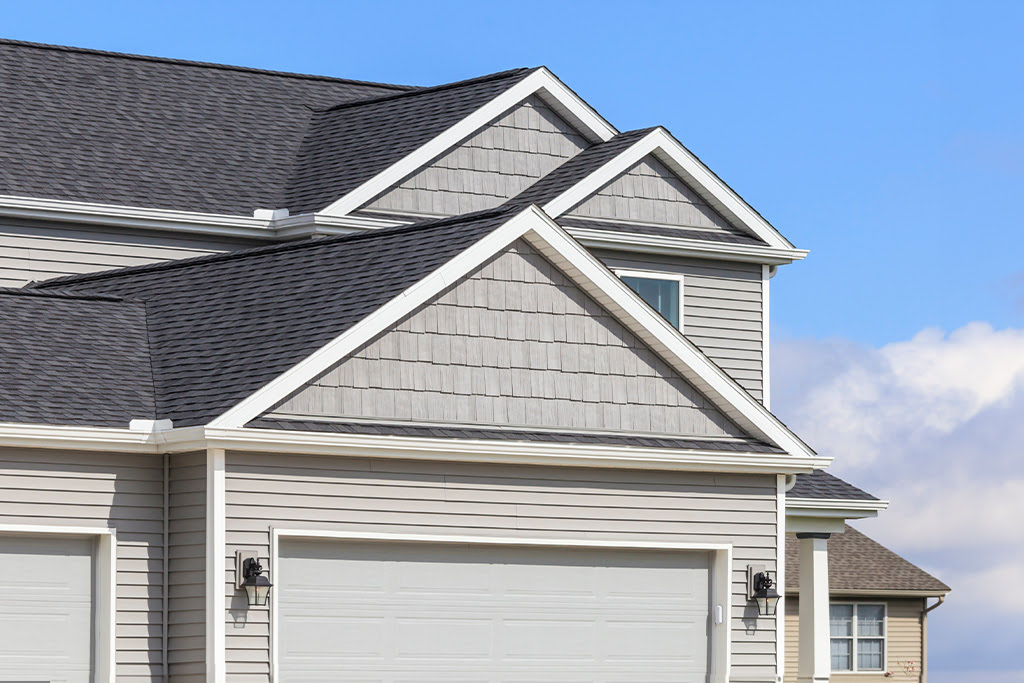Temperature fluctuations and airflow issues can combine to create attic rain—where moisture forms inside your attic and leaks into your home! Learn to prevent this phenomenon, spot common signs, and stop it from occurring if it’s already in progress with this guide from the Guns N Hoses team.
...
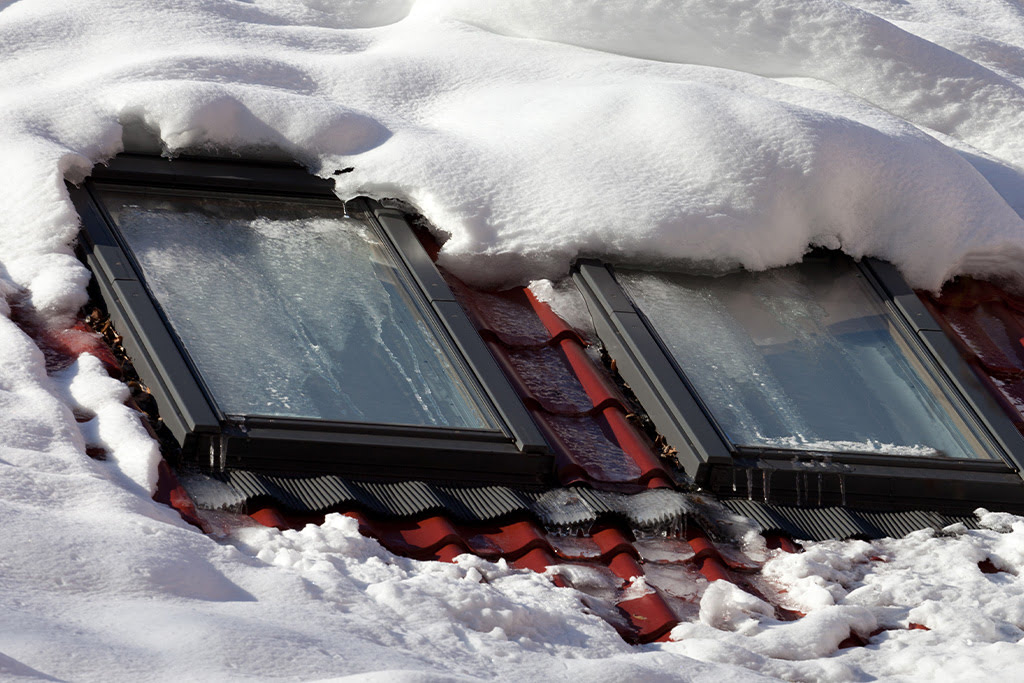
Attic rain—when moisture collects underneath your home’s roof and seeps down into your home—can cause water damage and impact the value of your property. But learning more about why attic rain occurs and how to recognize the early signs can help you take steps to prevent it or deal with it quickly if it happens.
The Guns N Hoses team has spent years working to put safe and reliable roofs over the heads of Calgarians—so we know all about what causes attic rain and what you can do about it. In this article, we'll guide you through everything you need to know.
Table of Contents
- What is Attic Rain?
- Common Causes of Attic Rain
- Climate Conditions & Attic Rain
- Symptoms of Attic Rain
- Detecting and Diagnosing Issues
- Long-Term Consequences of Untreated Attic Rain
- Effective Solutions for Addressing Attic Rain
- FAQs about Preventing & Resolving Attic Rain

What is Attic Rain?
Attic rain occurs when warm, moist air inside your home rises and condenses on the colder surfaces of your attic. Over time, this condensation can accumulate and start to "rain" back down, causing issues that range from mildew growth to structural damage.
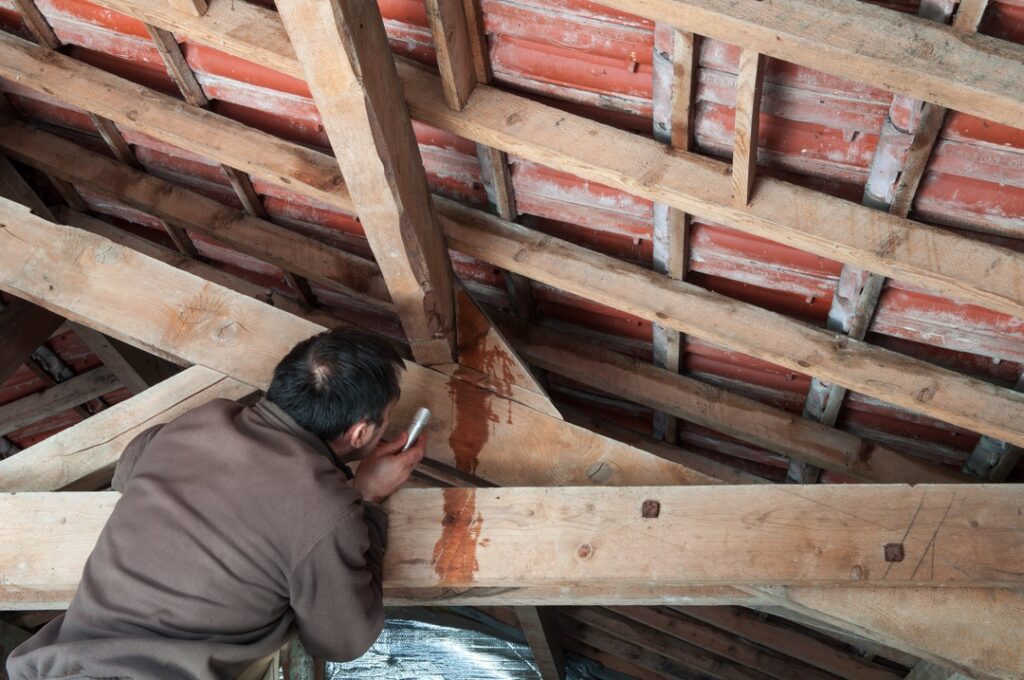
Common Causes of Attic Rain
- Inadequate Insulation: Poor or outdated insulation can make it easier for warm air to escape into the attic.
- Poor Ventilation: An inadequately ventilated attic can trap moisture, exacerbating the problem.
- Structural Problems: Gaps or cracks in the upper levels of your home can allow warm air to infiltrate these spaces, creating a ripe environment for attic rain.
Climate Conditions & Attic Rain
Living in Calgary, AB, means dealing with some harsh weather conditions that can make attic rain more likely:
- Extreme Temperature Fluctuations: Rapid changes in temperature can lead to condensation as the warm air inside clashes with the cold attic air.
- Heavy Snowfall: Snow can block ventilation systems, making it difficult to circulate air properly.
- High Humidity: Humid conditions mean there's more moisture in the air, which can collect more easily in attic areas if it gets in and can’t be properly circulated.
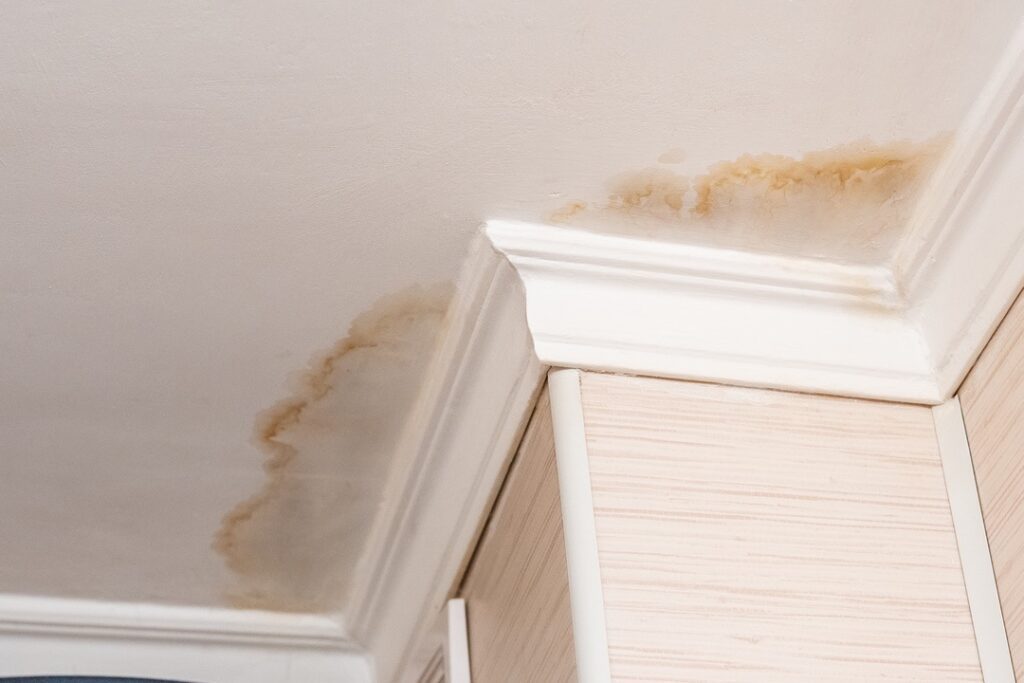
Symptoms of Attic Rain
Wondering if your home has an attic rain problem? Here's what to look out for:
- Water Stains: Yellow or brown water stains on your attic ceiling or walls.
- Damp Insulation: Insulation that feels wet or soggy to the touch.
- Mildew Smell: An unpleasant, musty odor emanating from the attic.
Detecting & Diagnosing Issues
Regular attic inspections are crucial for detecting early signs of attic rain. Thermal imaging technology or simple tactile assessments can help identify areas where moisture is accumulating—but inspecting an attic properly takes time and skill. The Guns N Hoses team provides attic thermal imaging that can show you the specific areas allowing attic rain to occur, and provide tailored recommendations on how to address them.
Long-Term Consequences of Untreated Attic Rain
If you notice signs of attic rain in your home, it’s important to take action fast. Left alone, attic rain can cause:
- Roof Structure Damage: Over time, the moisture can weaken the structure of your roof.
- Mold Growth: Excess moisture is a breeding ground for mold, which can be hazardous to health.
- Reduced Energy Efficiency: Wet insulation doesn't perform well, leading to increased heating costs.
Effective Solutions for Addressing Attic Rain
- Improving Insulation: Newer, more effective insulation materials can help keep warm air where it belongs. Our team can upgrade your insulation to improve the integrity of your attic.
- Adjusting Humidity: Learning the right humidity levels for your home and taking steps to adjust them can help prevent the moisture that causes attic rain from collecting. Consider adding a whole-home humidifier and dehumidifier to your HVAC system so that you can keep the air comfortable while lowering the risk of attic rain occurring.
- Enhancing Ventilation: Ensure you have a proper ventilation system to move moisture out of the attic. Installing solar attic vents can provide the airflow you need while reducing your electricity costs and potentially paying for themselves over time.
- Sealing Air Leaks: Using spray foam or caulk can help seal gaps and cracks that allow warm air to escape. Contact us to have your roof repaired.
FAQ about Preventing & Resolving Attic Rain
What kind of insulation gives the best protection from attic rain?
It's crucial to choose insulation materials that match your home’s needs and climate. At Guns N Hoses, we offer numerous high-quality blow-in fibreglass insulation options from Owens Corning that are ideal for attics, including:
- PINK NEXT GEN™ FIBERGLAS® Insulation
- AttiCat® Expanding Blown-In Insulation
- PROPINK® FIBERGLAS® Blown Insulation
These options are easy, safe, and reliable systems specifically designed for attic use. When you consult with Guns N Hoses about upgrading your insulation, we’ll make a recommendation that works for your home.
How can I keep my attic properly ventilated?
- Make sure to have both intake and exhaust vents.
- Consider installing an attic fan for better air circulation.
- Regularly inspect your attic and have any issues quickly addressed by our professionals.
How can I identify and seal air leaks?
Conducting a "blower door" test can help identify leaks. Here's how to conduct a basic blower door test:
- Close all Windows and Exterior Doors: Make sure the house is sealed off from the outside.
- Install the Blower Door: This is essentially a powerful fan mounted onto an exterior door that sucks air out of your home.
- Run the Test: Turn on the fan. This will lower the air pressure inside your home and force outside air through any unsealed cracks and openings.
- Identify Leaks: Use smoke pens or incense sticks to locate where the air is coming in.
This can be a lot of work, so consider contacting us for help instead—we’ll use thermal imaging and other advanced techniques to find the source of any air leaks in your attic quickly and efficiently.
How much does attic rain cost to fix?
The costs of fixing attic rain vary depending on the severity of the issue and the solution you need. However, the costs of repairing the water damage attic rain can cause are considerably higher than nipping the problem in the bud—so consider it a prudent long-term investment in your home.
By addressing attic rain quickly, you not only protect the structural integrity of your home but also make it a more comfortable and energy-efficient place in which to live. For help with any attic rain issues you’re experiencing, don't hesitate to contact Guns N Hoses. With our support, they’ll soon be a thing of the past.

